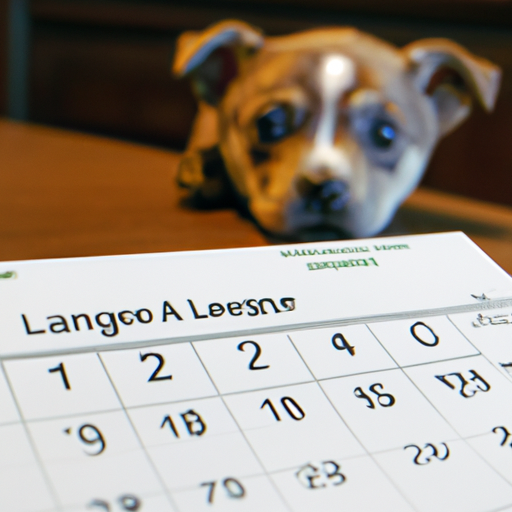For many dog owners, understanding the heat cycle of their female dogs is crucial. It provides insights into their pet’s reproductive health and behavior changes. This piece aims to delve into the topic of when female dogs go into heat for the first time and what to expect during this period.
Table of Contents
- Introduction to the Heat Cycle
- When Do Female Dogs Go into Heat for the First Time?
- Signs Your Dog is in Heat
- Frequency of Heat Cycles
- How to Care for Your Female Dog in Heat
- Frequently Asked Questions
Key Takeaways
- Female dogs typically go into heat for the first time between six months and a year old.
- The heat cycle can be identified by physical and behavioral changes.
- The cycle generally occurs every six months.
- Care during this period involves keeping the dog comfortable and preventing unwanted pregnancies.
Introduction to the Heat Cycle
The heat cycle, also known as the estrous cycle, is a period in which a female dog becomes receptive to mating with males. This cycle is similar to the menstrual cycle in humans, but with some significant differences. For instance, female dogs bleed during their cycle, but unlike human menstruation, this is a sign that the dog is fertile and ready to breed.
Understanding the heat cycle is crucial for dog owners, particularly those who intend to breed their dogs or prevent unwanted pregnancies. For further information on the general reproductive cycle of dogs, you might find this article from American Kennel Club useful.
When Do Female Dogs Go into Heat for the First Time?
Typically, female dogs go into heat for the first time between six months and one year old. However, this can vary depending on the breed. Smaller breeds may experience their first heat cycle earlier, around six months, while larger breeds might not have their first cycle until they’re one or even two years old.
For more in-depth information about how breed affects the timing and frequency of the heat cycle, check out this guide on dog breed differences.
Signs Your Dog is in Heat
Your dog will exhibit several physical and behavioral changes when in heat. These include:
- Swelling of the vulva.
- Vaginal bleeding or discharge.
- Increased urination.
- Behavior changes, such as restlessness or increased affection.
If you observe these signs, it’s likely your dog is in heat. For more information on how to recognize and understand these signs, here’s a useful guide on recognizing when your dog is in heat.
Frequency of Heat Cycles
Most female dogs will go into heat approximately every six months. However, this can vary greatly between individual dogs and breeds. Some dogs may go into heat more frequently, while others may only have one cycle per year.
To learn more about how often your dog may go into heat, take a look at this article on the frequency of dog heat cycles.
How to Care for Your Female Dog in Heat
Caring for a dog in heat is not as daunting as it may seem. Here are some tips:
- Keep her comfortable: Provide a soft bed and extra attention to help her feel safe and loved.
- Use doggie diapers: This can help manage the bleeding and keep your home clean.
- Avoid male dogs: Unless you’re planning on breeding, keep her away from male dogs to prevent unwanted pregnancies.
For additional tips on taking care of a dog in heat, here is a comprehensive guide.
Frequently Asked Questions
When do female dogs stop going into heat?
Most dogs continue to go into heat throughout their lives, although the frequency may decrease as they age.
Can a dog go into heat early?
Yes, some dogs can go into heat earlier than six months, particularly small breeds.
What should I do if my dog is in heat?
Keep her comfortable, use doggie diapers to manage bleeding, and prevent contact with male dogs unless you intend to breed her.
In conclusion, understanding your female dog’s heat cycle is crucial for her wellbeing. It allows you to provide the necessary care and attention during this period, and plan for or prevent breeding as needed. As always, if you have any concerns about your dog’s heat cycle, consult with a veterinarian.



